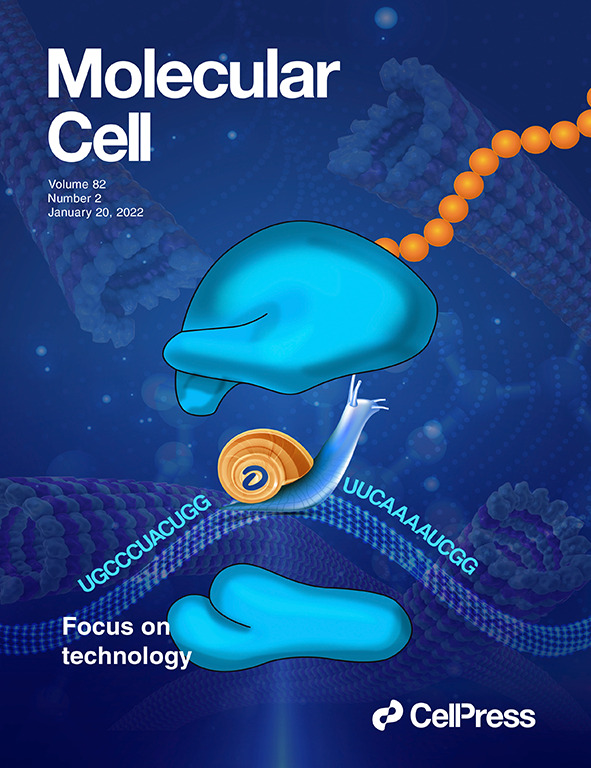Pattern recognition receptors and inflammasome: Now and beyond
IF 6.5
3区 生物学
Q2 BIOCHEMISTRY & MOLECULAR BIOLOGY
引用次数: 0
Abstract
Pattern recognition receptors (PRRs) are fundamental to the innate immune system, functioning to detect and eliminate invading pathogens by inhibiting their replication and limiting host tissue damage. Through direct recognition of pathogen-associated molecular patterns and damage-associated molecular patterns, PRRs initiate inflammatory responses, including cytokine production, and modulate the adaptive immune response. Ligand binding activates downstream signaling pathways that promote pathogen clearance and drive inflammasome assembly. Accumulating evidence underscores the critical role of PRRs in sensing cellular damage and preserving homeostasis. Importantly, interactions within PRR networks facilitate the formation of multiple PRR-containing inflammasomes (PANoptosome), enabling coordinated inflammatory cell death under combined pathogen-associated molecular pattern and damage-associated molecular pattern stimulation. A comprehensive understanding of these interconnected signaling networks is essential for elucidating the regulation of innate immunity and its implications for disease pathogenesis, particularly in the context of infection and inflammation. This review provides a detailed overview of PRR-ligand recognition, downstream signaling mechanisms, and inflammasome activation, and discusses emerging insights into PRR regulation that hold promise for novel immunotherapeutic interventions.
模式识别受体和炎性体:现在和未来。
模式识别受体(PRRs)是先天免疫系统的基础,其功能是通过抑制病原体的复制和限制宿主组织损伤来检测和消除入侵病原体。通过直接识别病原体相关分子模式(PAMPs)和损伤相关分子模式(DAMPs), PRRs启动炎症反应,包括细胞因子的产生,并调节适应性免疫反应。配体结合激活下游信号通路,促进病原体清除和驱动炎性小体组装。越来越多的证据强调了PRRs在感知细胞损伤和保持体内平衡中的关键作用。重要的是,PRR网络内的相互作用促进了多个含有PRR的炎症小体(PANoptosome)的形成,从而在PAMP和DAMP联合刺激下实现炎症细胞的协调死亡。全面了解这些相互关联的信号网络对于阐明先天免疫的调节及其对疾病发病机制的影响至关重要,特别是在感染和炎症的背景下。这篇综述提供了PRR配体识别、下游信号机制和炎性体激活的详细概述,并讨论了对PRR调控的新见解,这些见解有望为新的免疫治疗干预提供希望。
本文章由计算机程序翻译,如有差异,请以英文原文为准。
求助全文
约1分钟内获得全文
求助全文
来源期刊

Molecules and Cells
生物-生化与分子生物学
CiteScore
6.60
自引率
10.50%
发文量
83
审稿时长
2.3 months
期刊介绍:
Molecules and Cells is an international on-line open-access journal devoted to the advancement and dissemination of fundamental knowledge in molecular and cellular biology. It was launched in 1990 and ISO abbreviation is "Mol. Cells". Reports on a broad range of topics of general interest to molecular and cell biologists are published. It is published on the last day of each month by the Korean Society for Molecular and Cellular Biology.
 求助内容:
求助内容: 应助结果提醒方式:
应助结果提醒方式:


